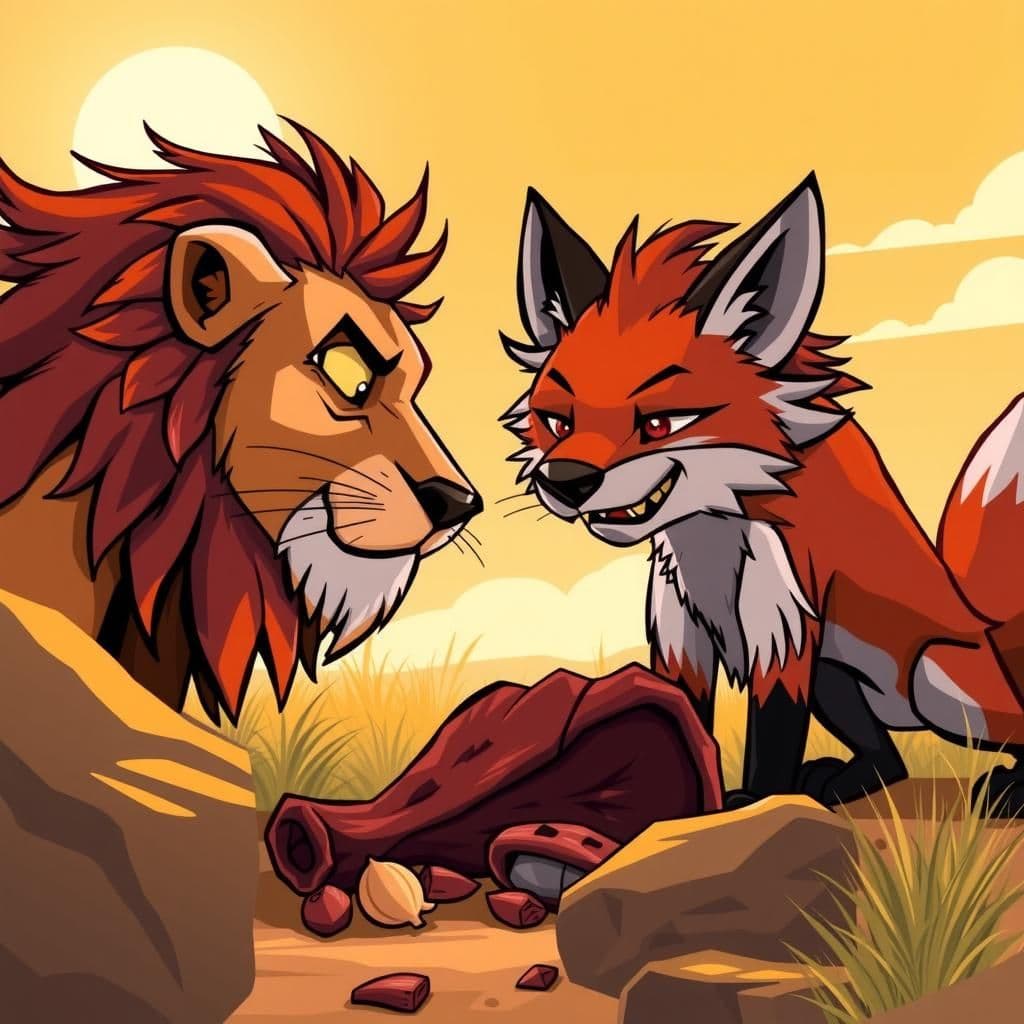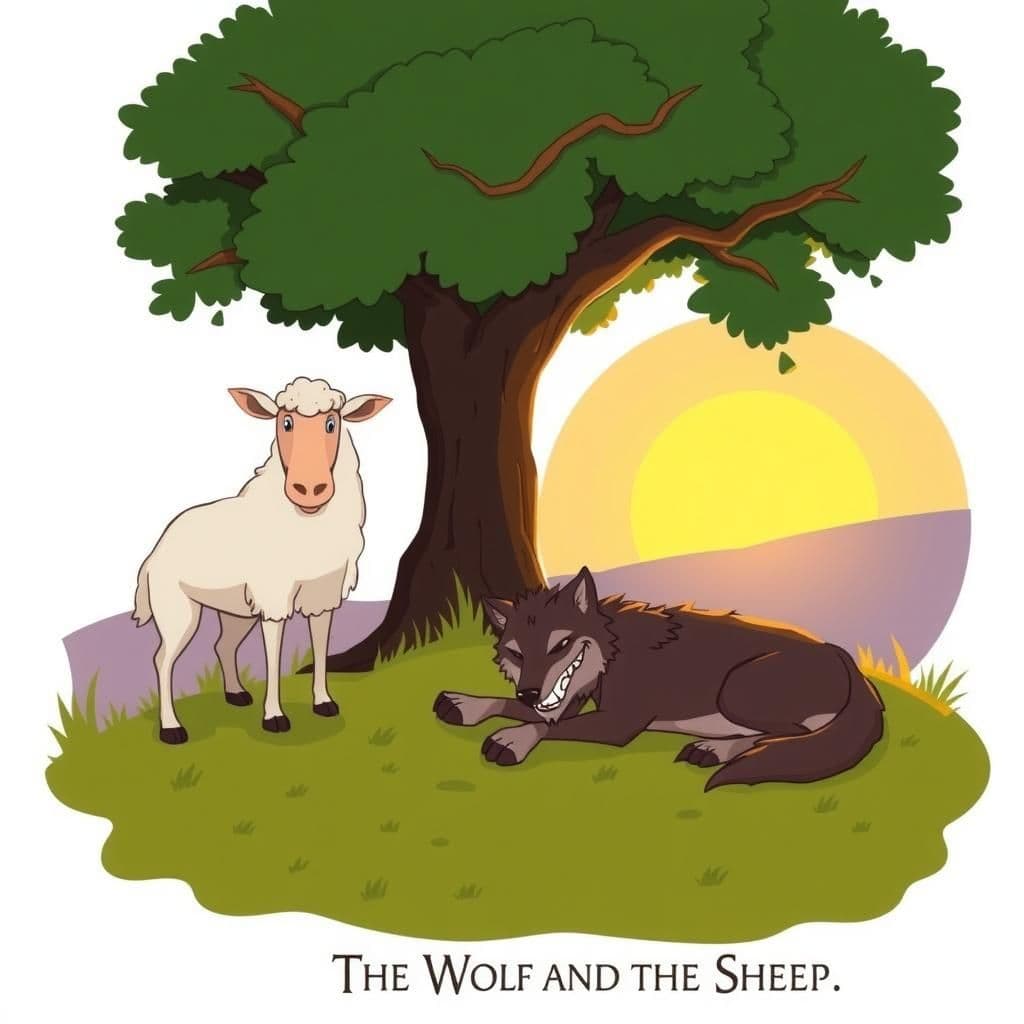The Fawn and the Buck

Story Summary
In "The Fawn and the Buck," a thought-provoking moral story, a young fawn questions its father's fear of barking dogs, given his size and strength. The buck shares an important lesson learned from stories of self-control, explaining that his unpredictable temper could lead to harm if he allows a dog too close. This simple short story with moral emphasizes the significance of managing one's emotions in the face of potential threats.
Click to reveal the moral of the story
Sometimes, it is wiser to avoid confrontation to maintain self-control and prevent unnecessary harm.
Historical Context
This fable, attributed to Aesop, reflects themes of caution and self-awareness, common in ancient Greek storytelling. Aesop's Fables, which often feature anthropomorphized animals, were used to impart moral lessons and have been retold in various cultures, emphasizing the importance of recognizing one's limitations and the potential consequences of unchecked emotions. The story highlights the value of prudence over pride, a motif prevalent in many moral tales throughout history.
Our Editors Opinion
This fable highlights the importance of self-control and understanding one's own temperament in navigating conflicts. In modern life, a scenario might involve a manager who chooses to avoid confrontational discussions with an aggressive employee, recognizing that engaging in a heated argument could lead to unprofessional behavior that might harm their career and workplace harmony.
You May Also Like

Philosophers Three
In "Philosophers Three," a heartwarming moral story for young readers, a Bear, Fox, and Opossum confront a flood with distinct philosophies on survival. The Bear bravely fights the danger, the Fox cleverly hides, and the Opossum feigns death to avoid conflict, showcasing different approaches to facing threats and imparting valuable lessons about courage and wisdom in storytelling with morals. Each character's choice reflects the diverse strategies one can adopt in challenging situations, making it a thought-provoking short story with moral insights suitable for class 7.

The Lion the Fox and the Ass
In the short moral story "The Lion, the Fox and the Ass," three animals agree to share the spoils of a hunt. After the Ass is devoured by the Lion for dividing the loot equally, the Fox wisely learns from this misfortune and takes the largest portion for himself when asked to divide the spoils. This tale, part of folklore and moral stories, emphasizes the importance of learning from others' experiences, making it a fitting choice for bedtime moral stories.

The Wolf and the Sheep
In this unique moral story, a wounded Wolf deceitfully asks a passing Sheep to fetch him water, promising meat in return. The Sheep, recognizing the Wolf's true intentions, wisely refuses, illustrating the importance of discernment in the face of temptation. This culturally significant tale serves as an inspirational story with a moral, reminding us that hypocritical speeches are easily seen through.
Other names for this story
"Wise Buck, Cautious Fawn", "Strength and Caution", "Lessons from the Forest", "The Cautious Buck", "A Fawn's Wisdom", "Nature's Teachings", "The Buck's Dilemma", "Fawn's Insight"
Did You Know?
This fable highlights the theme of self-awareness and the importance of recognizing one's own temperament; the Buck understands that his strength could lead to unintended consequences, emphasizing the wisdom in avoiding unnecessary conflict. It serves as a reminder that sometimes, restraint is a sign of true strength.
Subscribe to Daily Stories
Get a new moral story in your inbox every day.